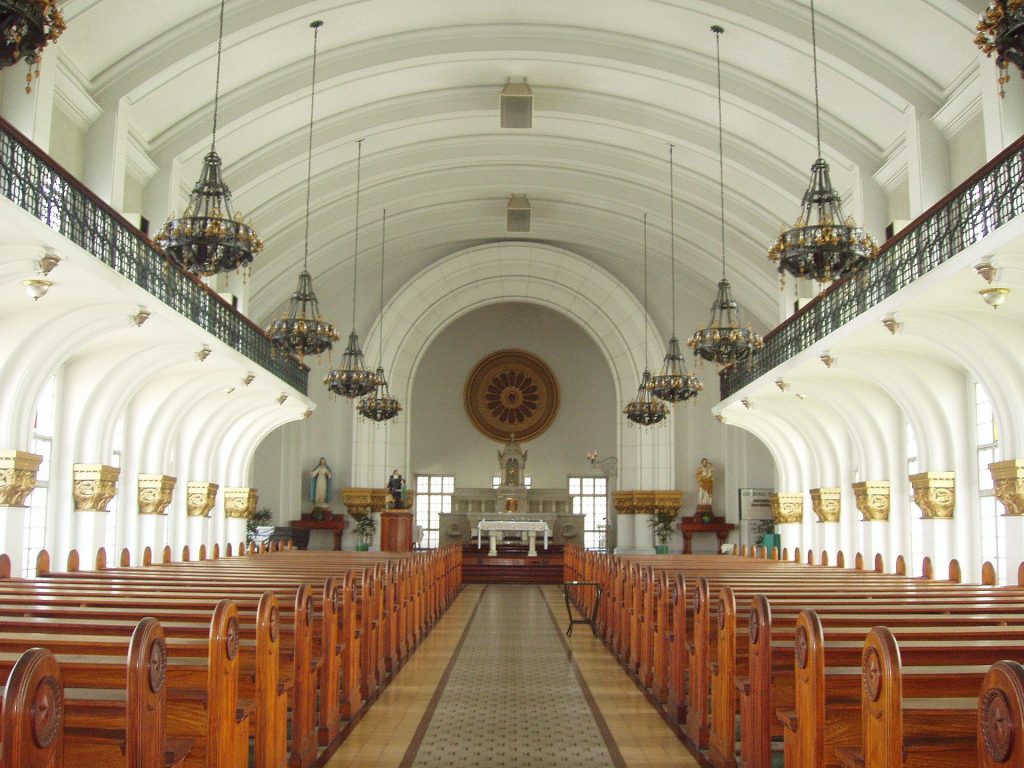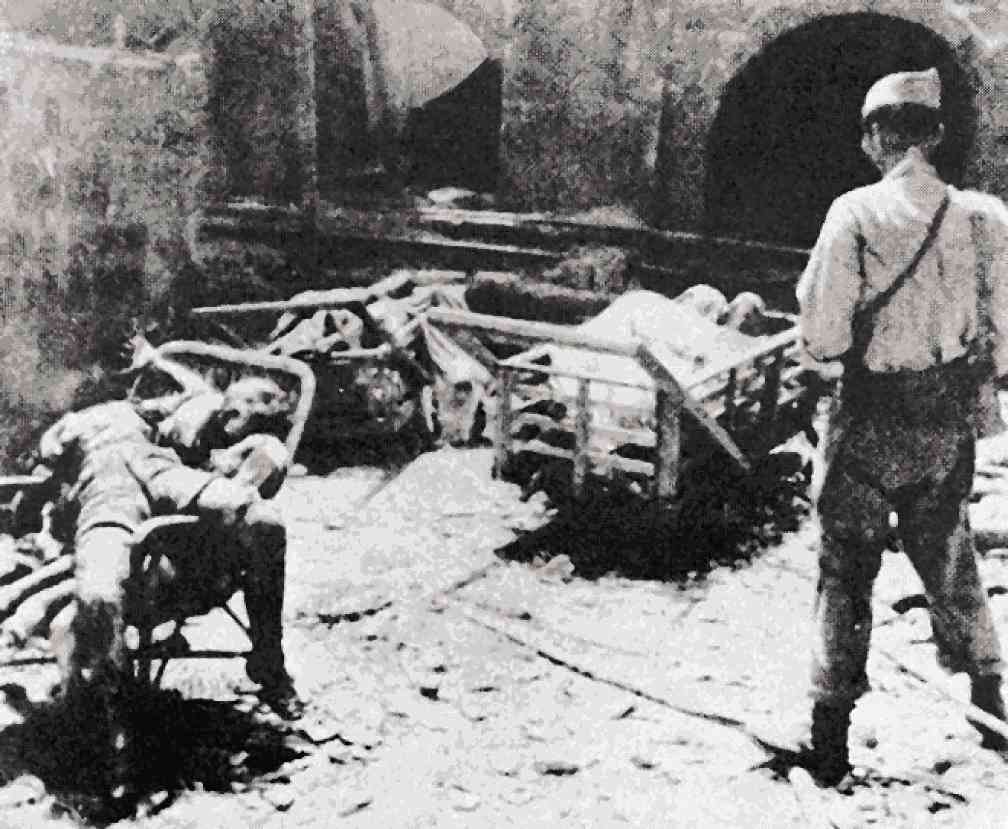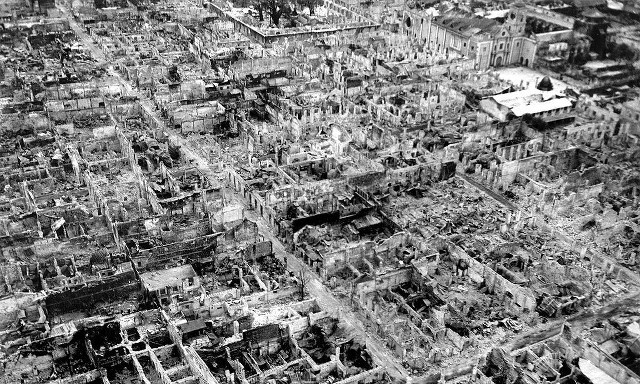Disclaimer: This article contains graphic images.
I remember my days back in university when I dashed through St. La Salle Hall’s (we’d fondly call it “LS”) long hallway and flights of stairs just to get to class. But on times when I wasn’t rushing (especially at night time), there was always an unsettling feeling that chilled me to the bone.
On Feb. 12 exactly 74 years ago, Japanese troops forcibly entered De La Salle College (which served as a refuge at that time) and relentlessly shot and bayoneted 16 Lasallian brothers, plus 30 women and children. Up to this day, blood stains are still faintly visible in some parts of LS Hall’s staircases and the university chapel.

The casualties in La Salle are just a small number compared to the rest of Manila. On February 1945, around 100,000 Filipino civilians—men, women, children, and infants—died at the brutal hands of Japanese militants. Known as the Battle of Manila, it’s perhaps the darkest time of our history.
People were killed by either machine guns or grenades while some were butchered with bayonets—their bodies stacked in piles. Manila became the second most devastated city during the Second World War just after Warsaw, Poland. Manila had its own version of the Holocaust and its memory is at the brink of being forgotten.
American troops rescued around 4,000 American and British civilians in the University of Santo Tomas some time in 1945, where they were held captive by the Japanese. When Gen. Douglas MacArthur declared Manila an open city, troops under Gen. Yamashita saw it as a threat. One order read, “All people on the battlefield with the exception of Japanese military personnel, Japanese civilians, and special construction units will be put to death.”

According to historian Dr. Benito J. Legarda, the killing of thousands of civilians were “deliberate and methodical.” One order also stated, “Because the disposal of dead bodies is a troublesome task, they should be gathered into houses which are scheduled to be burned or demolished. They should also be thrown into the river.”
The massacre also became synonymous to the “Rape of Manila” after thousands of women and children were raped and later mutilated. Much of Manila’s infrastructures were bombed and left burning to the ground, too. The third of March of the same year saw the end of the month-long battle but Manila was beyond devastated. Government buildings, schools, churches, and cultural and heritage infrastructures were lost.
A year later, Gen. Yamashita was executed after being found guilty for the war crimes. He, however, maintained his innocence until the end saying, “I swear to my Creator and everything that is sacred for me that I am innocent of all charges made against me.”

Times like this, no matter how horrific they are, shouldn’t be forgotten but our history books seem to show otherwise. The deadly events that transpired during the month-long battle are often overlooked.
Its counterpart in Nanjing, China (likewise called the “Rape of Nanjing”) also involved Japanese troops mass murdering and raping Chinese citizens in 1938. The death toll amounted to as much as 300,000. Ideally, Manila’s massacre should have the same amount of acknowledgment as Nanjing but it doesn’t.
Come February, we see a couple of posts and memorials about the Battle of Manila but other than that everything’s silent, as if nothing happened. There needs to be a stronger sense of awareness and recognition for these events. If we can do it for the fallen SAF 44 troops, why can’t we for the hundreds and thousands of Filipinos who were killed mercilessly?
Header image courtesy of Wikimedia Commons
Read more:
Not even World War III can destroy these heritage sites
Pre-war Art Deco apartment demolished without due process
The government blatantly lacks cultural heritage literacy. Here’s why
Read more by Jill Chua:
Escolta’s 83 year-old Capitol Theater is currently being demolished
My great grandfather’s house will be a heritage site in China
Writer: JILL CHUA




